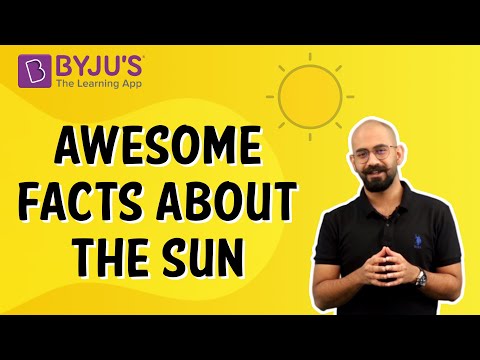Earth is the place we live and is the place where life can sustain. The earth belongs to this wide universe. The universe holds all the astronomical objects or celestial objects. The solar system includes celestial objects that are gravitationally bound and revolve around the Sun.
The solar system includes the Sun in the middle, which is the nearest star to the earth. Sun is a star. It includes eight planets which are arranged as Mercury, Venus, Earth, Mars, Jupiter, Saturn, Uranus and Neptune. Each planet has its own properties and characteristics. The solar system contains the Sun and planets along with asteroids, satellites and orbits. It is elementary to know about these planets and the Sun, which constitute the solar system.
We all know making a solar system is part of a science project as per the school curriculum. In this article, let us know in detail about designing and developing a solar system project for school.
This article will explain the construction of the solar system in five simple steps.
Solar System Project
Before you begin constructing this project, make sure you know the order of the planets in the solar system. It is mandatory to know the order of the planets in order to know which planet to be placed aside from each planet. It is also important to know the size and colour of each planet too.
Read More: Solar System
Colour Of The Planets
Mercury – Grey
Venus – Grey and Brown
Earth – White, Brown, Green, and Blue
Mars – Red, tan and brown
Jupiter – Orange, White cloud stripes, Brown and Tan
Saturn – Blue-grey, Golden and brown
Uranus – Blue-green
Neptune – Blue
Size of the Sun and Planets in Decreasing Order
- Sun
- Jupiter
- Saturn
- Uranus
- Neptune
- Mercury
- Venus
- Earth
- Mars
Note: The Sun is the largest celestial body among these.
Now let’s begin to construct the solar system, and let us also learn about the step-by-step procedure to construct it.
Materials Required
- Cardboard sheet of standard length or as per your choice of the area.
- Paint colours – black and as per the colour of the planets mentioned above.
- Foam balls in four different sizes, as per the size approximation according to the sizes mentioned above.
- Make a ring for Saturn using the cardboard sheet. The ring should fit in the foam ball (Saturn planet size).
Steps and Procedures
Step 1: Paint the cardboard with black paint and let it rest for a while. Make sure it is painted evenly. Also, paint the foam balls keeping in mind the size and colour of the planet.
Step 2: Keeping the Sun in the centre of the cardboard sheet, draw the orbits around the Sun to place other planets. Paint the lines of orbit in white colour. Make sure to give a large gap between the orbits of Mars and Jupiter for the asteroid belt.
Step 3: Insert the ring for the Saturn planet and place the painted foam balls (planets) as shown in the picture below.

Step 4: Stick all the planets, including the Sun, on the cardboard sheet.
Step 5: Between Mars and Jupiter planets, cut small pieces of white paper and stick them randomly to represent the asteroid belt.
The Solar System Project for School is done!!
Read more about the difference between an asteroid and comet.
| Related links | |
| Relative motion | protection against earthquake |
| Lenz law | Radioactivity – alpha decay |
Frequently Asked Questions on Solar System
1. What are asteroids?
Asteroids are the small irregularly shaped objects that orbits around the sun. They are composed of metal, carbon and rocks.
2. What keeps objects like the planets and the asteroids orbiting around the sun?
Sun’s gravitational pull.
3. Which is the biggest object in the solar system?
The sun is the biggest object in the solar system.
4. How many planets are there in the solar system?
8.
5. Is the sun a star?
Yes.
Watch the video to learn exciting facts about the Sun!

Stay tuned with BYJU’S for more such interesting experiments on physics, chemistry and biology in an engaging way with video explanations.

Comments